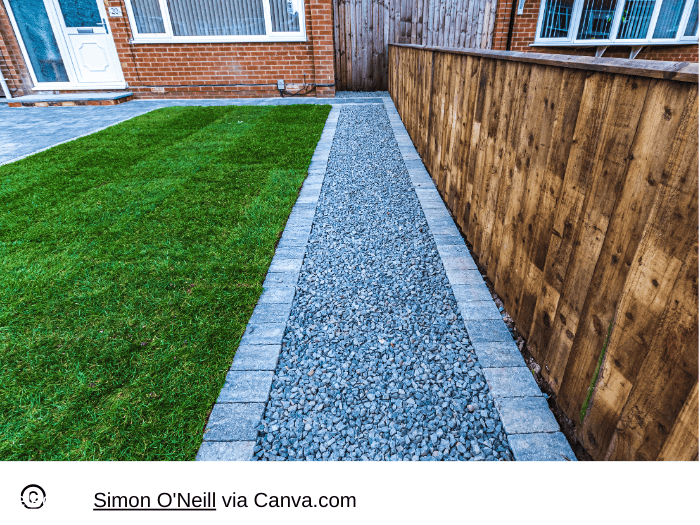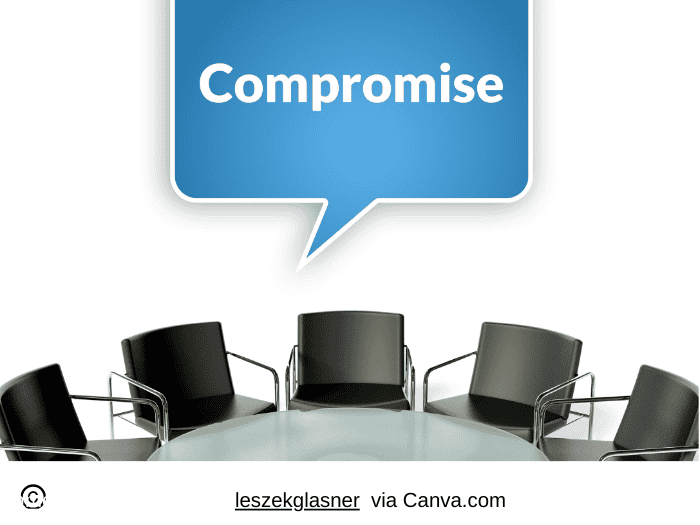Table of Contents
Let us delve into this common yet contentious issue and explore the rights and responsibilities of Garden Fence Ownership. Garden fence responsibility may seem like a mundane aspect of homeownership, but they hold the potential to spark disputes and raise questions about property rights. The age-old debate over who owns which sides of the fence often pits neighbours against each other, sometimes resulting in legal battles or strained relationships.
The Great Divide: Whose Fence Is It Anyway?

One might assume that the property owner where the fence stands is also the rightful owner of the fence itself. However, property laws and customs regarding fence ownership can vary depending on location, local regulations, and mutual agreement between neighbors. In some cases, a new fence is built jointly by neighbors, blurring the boundary line of ownership even further.
Left vs. Right: The Neighbourly Debate

When it comes to garden fence ownership, the question of who’s right and who’s left often hinges on interpretation and context. Here’s a breakdown of common scenarios and how they might play out:
Shared Responsibility: In many neighborhoods, especially in suburban areas, neighbors may share the cost and responsibility of erecting a boundary ownership fence. In such cases, this might be determined by the property line, with joint responsibility of both parties having equal rights and legal obligation.
Adverse Possession: Occasionally, a fence may have been in place for so long that it’s unclear who owns it. This situation can lead to a legal principle known as adverse possession, where if one neighbour can prove they’ve maintained and used the land up to the fence for a certain period, they may gain ownership rights to that portion of the property boundaries.
Deed and Boundary Lines: Property title deeds and surveys are critical documents in determining ownership of the fence. They often include information about boundary lines and may specify who owns which side of the fence. Discrepancies or disputes regarding these documents can complicate matters and require legal advice and intervention.
Easements and Agreements: Sometimes, property owners grant each other easements to use or maintain portions of their land, including the boundary fence. It is a good idea that these agreements should be documented and legally binding to avoid misunderstandings or disputes down the line.
Finding Common Ground: Resolving Fence Ownership Disputes

When disputes arise over garden fence ownership and boundary disputes, finding an amicable resolution is preferable to escalating tensions or resorting to legal action. Here are some steps neighbors can take to address the issue:
Open Dialogue: Communication is key to resolving any disagreement. Neighborly discussions can clarify misunderstandings, explore shared responsibilities, and potentially reach a mutually beneficial agreement.
Consulting Legal Resources: If informal negotiations fail, seeking advice from legal professionals or mediators specializing in property disputes can provide clarity and guidance on how to proceed.
Reviewing Documentation: By referencing Legal documents i.e: Property Deeds and Title Plan, Surveys, and any relevant agreements is the best way to help clarify ownership rights and responsibilities.
Compromise and Collaboration: Considering compromise solutions, such as sharing maintenance costs or even jointly redesigning the fence, can foster goodwill and prevent future conflicts.
Relevant Questions Associated with Shared Fence
Fence Height
When it comes to shared fence ownership, the height of the fence can often be a contentious issue between neighbours. While the standard height for most fences is around 6 feet, it’s important to consider factors like privacy, security, and local regulations when determining the appropriate height. A taller fence may provide more privacy but could also create a sense of isolation.
A lower fence can foster a sense of community and neighbourly interaction while still providing some level of boundary definition. Ultimately, finding a compromise that satisfies both parties is crucial in shared fence ownership situations. Communication and mutual respect are key in making decisions about the height of a fence as they can impact relationships with neighbours.
The Neighbours Fence is damaged – Can they be Made To Repair it!
When a shared fence between neighbours becomes damaged, the responsibility for repairs can often become a source of conflict and tension. In some cases, it may be possible to approach the neighbour amicably and discuss sharing the cost of repairs. However, if they are unwilling to cooperate or take responsibility for their share of the fence, legal options may need to be considered.
In many jurisdictions, laws exist that govern shared fence ownership and mandate that neighbours must equally share the costs of repair and maintenance. Understanding these legal rights can help in resolving disputes over damaged fences and ensure that each party fulfil their obligations. It is essential to approach such situations with open communication and willingness to compromise in order to maintain good relations while also protecting your property boundaries.
Can You Attach Something To The Neighbours Fence
When it comes to attaching something to your neighbour’s fence, the first step is always communication. Even if the fence is shared, it’s important to get permission before making any modifications. This respect for boundaries can help maintain a positive relationship with your neighbours and prevent potential disputes in the future. However, if both parties agree on the attachment, it can be a great way to enhance the functionality or visual effect of the fence.
Shared ownership of fences can often lead to confusion about who has the final say in decisions regarding modifications. By establishing clear communication channels and discussing any potential attachments beforehand, both parties can ensure that their needs are met and their boundaries respected.
Conclusion
Garden shared fence ownership as a general rule is an issue that often requires clear communication, understanding, and sometimes legal intervention to resolve. While property laws and customs may differ from one location to another, the principles of cooperation, respect for boundaries, and a good relationship between neighbours remain universal. By approaching fence ownership disputes with patience, empathy, and a willingness to find common ground, can preserve harmony and mutual respect in their communities.


